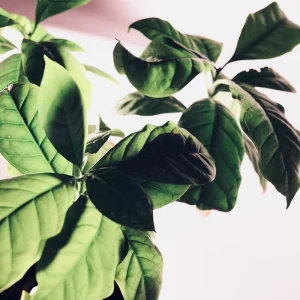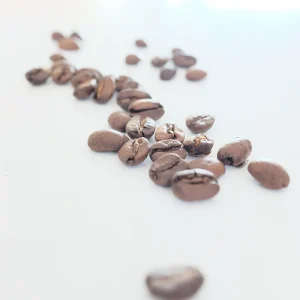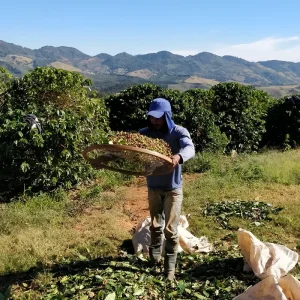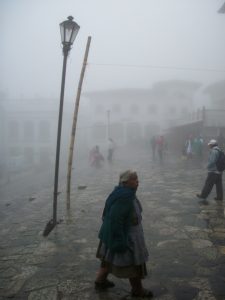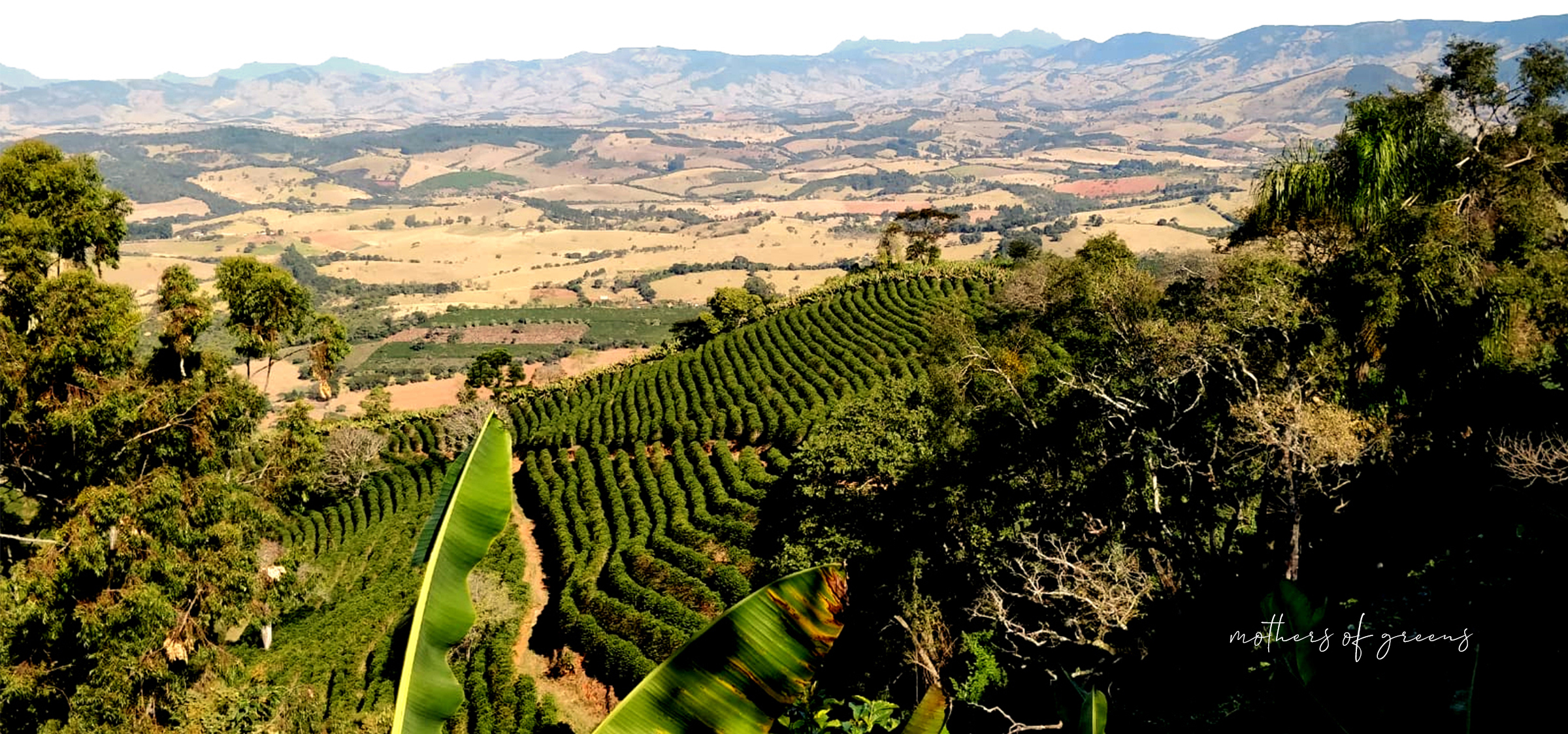
BLOOMING COFFEES
„ Roasting for friends…exceptional coffees for all day every day….be a member of community and benefit from it.“

Although roasting coffee is still a very individual craft that was once shrouded in mystery, today it is greatly benefited by a strong community of people dedicated to this exceptional fruit-seed that can carry more than 800 aromatic compounds. The knowledge about coffee is shared widely.
Recently with more aviailable high quality coffees on the market and with more commitment to quality in all segments of production from farms, distribution, roasting, brewing and serving, whole drinking coffe experience has become more special and unique. However although it is called „speciality coffee“ it doesn’t mean that the highest quality coffees shouldn’t be available for everyone. On the other hand Imperative for exclusivity and „to always bring something new on the table“ many times means neglecting the well known and confirmed in quality like latin american coffees which are base for traditional Italian espresso served in Trieste and Milan from lighter roasted mostly Brazilian beans.
Beans growing at lower levels tend to lose their flavour more quickly. Terroir – the term once reserved exclusively for wine including quality soil ,plays crucial role in producing a high quality coffee. There are four primary methods of processing speciality greens; Wet/Washed, Dry/Naturals, Pulped /Natural and Honey. Each method affects the coffee bean in a different way and also gives direction to the roasting profile.

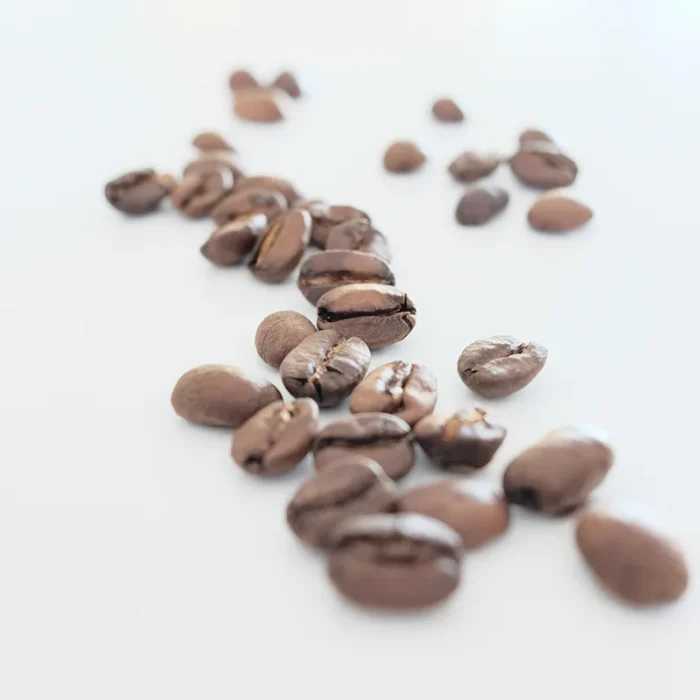
Green coffee bean matrix contains approximately one million cells. Caffeine occupies 1% of the weight of dry coffee beans and this amount of caffeine in coffee bean is not affected by the roasting process. The coffee tree produces caffeine as a protection from insects. Low altitude coffee contains higher percentage of caffeine (robusta) as a risk of insect bite is higher in lower grounds.
